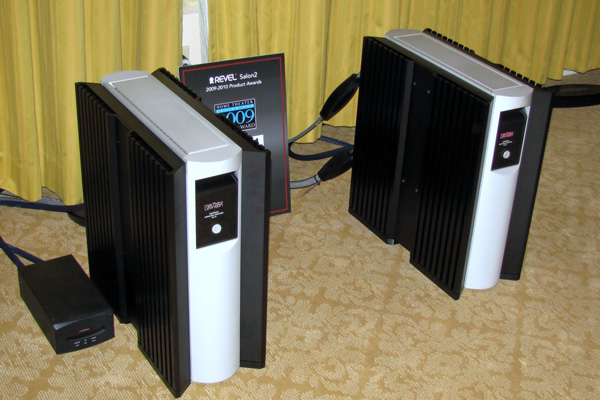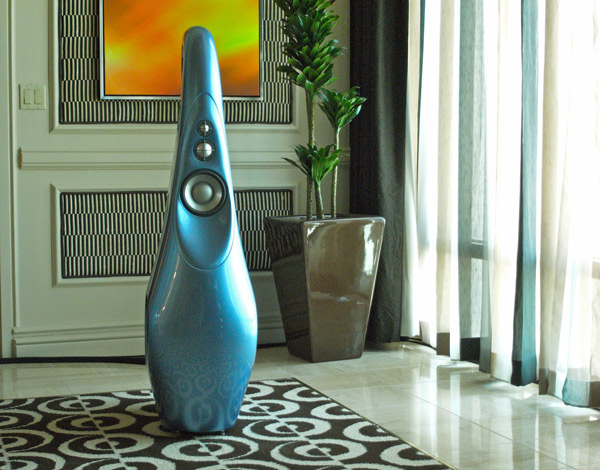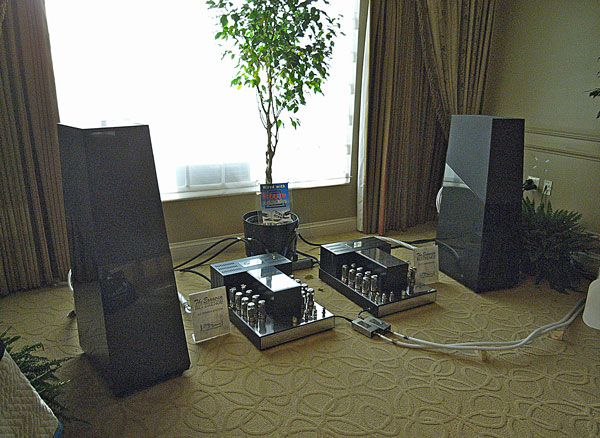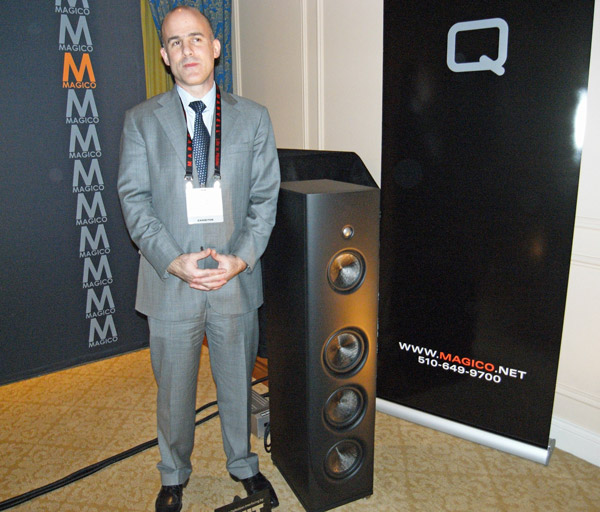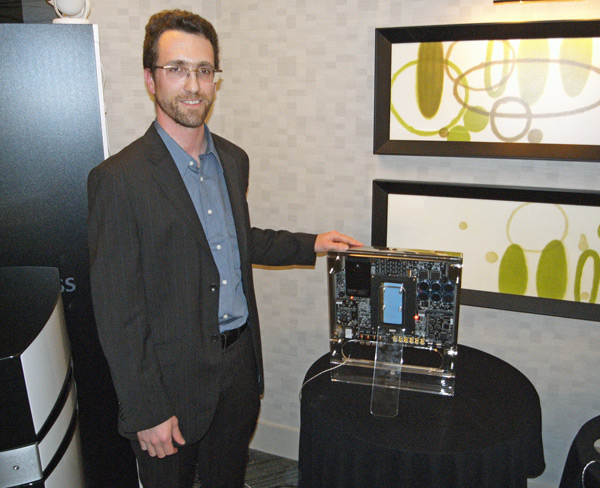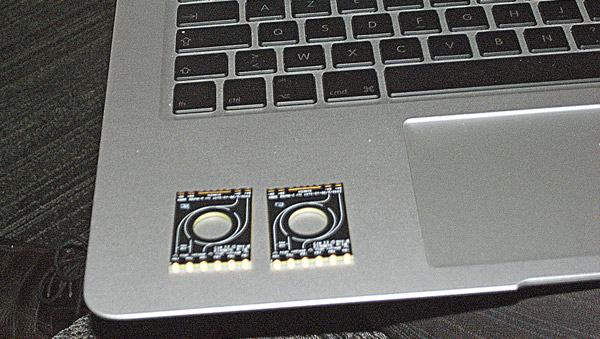Leaving Las Vegas
I complaina lotabout Vegas. I have to apologize to my family, friends, and colleagues for all the whining I’ve let loose over the last couple of weeks. I’m sorry.
I should apologize to you, too, Las Vegas, because there must be more to you than all your neon lights and annoying buzzers and piped oxygen and smoky casinos, your fancy facades and empty promiseseverything in Las Vegas looks beautiful from afar, but the closer you get, the uglier it becomes, the clearer its lies and flaws, the more readily apparent its cracks and hollow insidesI have to wonder: Are even the mountains a mirage?your insulting buffets and gaudy theme restaurants and those relentless dudes who crowd the sidewalks with packets of coupons for a good time: Slap, “for you,” slap, “for you,” slap, “for you.” I would love to knock you over. You make me ill, Las Vegas. You really do. Where is your soul?
Sorry.
I was apologizing. I was saying there must be more to Las Vegas; I was saying I’ve been unfair. Las Vegas is home to many beautiful people, and for one week out of the long year, the world of consumer electronics gathers in Las Vegas to share its stories, to reconnect, to recharge.
We call it the Consumer Electronics Show. It brings me to Las Vegas. At a little after 7pm on Wednesday evening, I arrived at the Hyatt and was greeted in the lobby by our web monkey, Jon Iverson. This was the perfect way to begin the show. I gave Jon a bear hug and almost knocked him over. We settled into our rooms and later met up for dinner with John Atkinson, Kal Rubinson, Bob Deutsch, and Jason Victor Serinus. We exchanged stories, we took pictures, we talked about music, literature, movies, and we devised a plan of attack: John Atkinson would cover expensive speakers, Jon Iverson would cover digital components, Kal would cover multichannel for his April issue column, Bob would tackle moderately priced speakers, Jason would hunt down accessories and cables, and I would be responsible for lower-priced products. (Subsequently Tyll Hertsens joined our team with some well-informed headphone coverage.)
Somewhere else in Las Vegas, a wild-haired Mikey Fremer was telling jokes about Ken Kessler to Ken Kessler. And, high above the ground, Erick Lichte was on a plane, daydreaming about mighty tube amplifiers and curiously shaped DACs, looking forward to his sophomore year at CES.
CES represents the only time I get to hang out with most of these guys. (It was, in fact, the only time I’ve ever hung out with Erick.) And, for me, that’s the big story. More than for the gear, even more than for the music, I look forward to CES for the people.
But CES, like most hi-fi shows, is . . .


